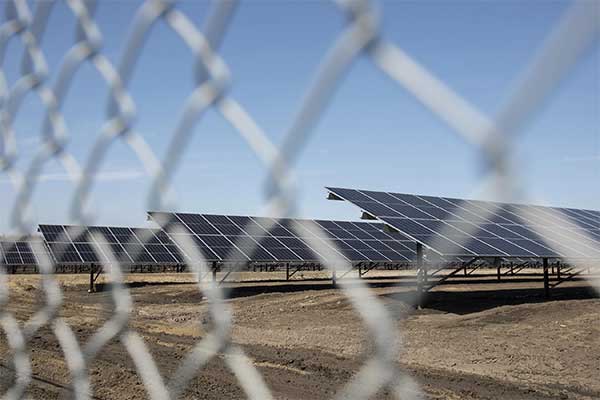- The program did not subsidize renewable energy projects directly.
- Instead, it asked renewable energy developers to bid in what became competitive auctions for "contract-for-difference" agreements.
- A move that has generated significant revenue for the provincial government.
A recently published report, “Energy and Environmental Policy Trends: An Alberta Wind Energy Windfall,” from the University of Calgary’s School of Public Policy, revealed that Alberta made an estimated $160m from their Renewable Energy Program.
Alberta’s Renewable Energy Program (REP) is a renewable support agreement launched in 2016 by the then-NDP government. The program was launched to increase the share of renewable energy in the province.
Unlike other government initiatives, the REP did not subsidize renewable energy projects directly. Instead, it asked renewable energy developers to bid in what became competitive auctions for “contract-for-difference” agreements.
The least-cost projects would win the contract, and the government would then “top up” any gap between the auction price and the market price, thereby guaranteeing the developer a fixed price for a generation.
However, if the market prices exceed the auction price, it’s the developer who pays the government the difference.
Currently, this is the situation playing out in Alberta.
Due to falling renewable energy costs and high power prices, the provincial government has had considerable cash flow.
According to the University of Calgary’s report, the government has received roughly $100 million in net payments from developers since October 13, 2022.
In addition, one of the conditions of receiving these supportive contracts was that developers would have to surrender rights to their environmental attributes.
These attributes primarily include carbon offsets or emission performance credits that developers would have otherwise been eligible to receive to partially cover their compliance obligations.
UofC’s report calculated the value of the surrendered credits to be roughly $60 million, bringing up the total gain to the government to $160 million.
Not necessarily cause for taxpayers to celebrate.
The high power prices which contributed to these provincial government gains are the same ones straining the pocketbooks of ratepayers.
While these funds could be directed into electricity bill payment assistance programs, without changes to the policy, they’ll continue to flow into general revenue for the government.
High energy prices won’t be around forever, so there is no guarantee these REP contracts will continue to generate significant revenue for the provincial government.
The program has shown that renewable support programs do not necessarily need to result in exorbitant subsidies for developers in order to be successful.
The Alberta REP promoted continued growth for the wind and solar industry.
According to government spokesperson Gabrielle Symbalisty, with Alberta’s free market approach, there are currently more than $13.8 billion in generation projects underway in the province without taxpayer subsidies or royalties, including more than $4.4 billion in utility-scale renewable projects.
Even after the REP ends, it’s evident renewables will continue to soar in Alberta.












Comments